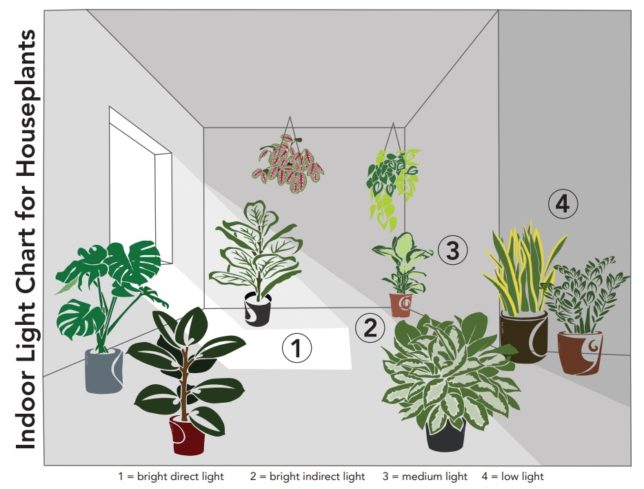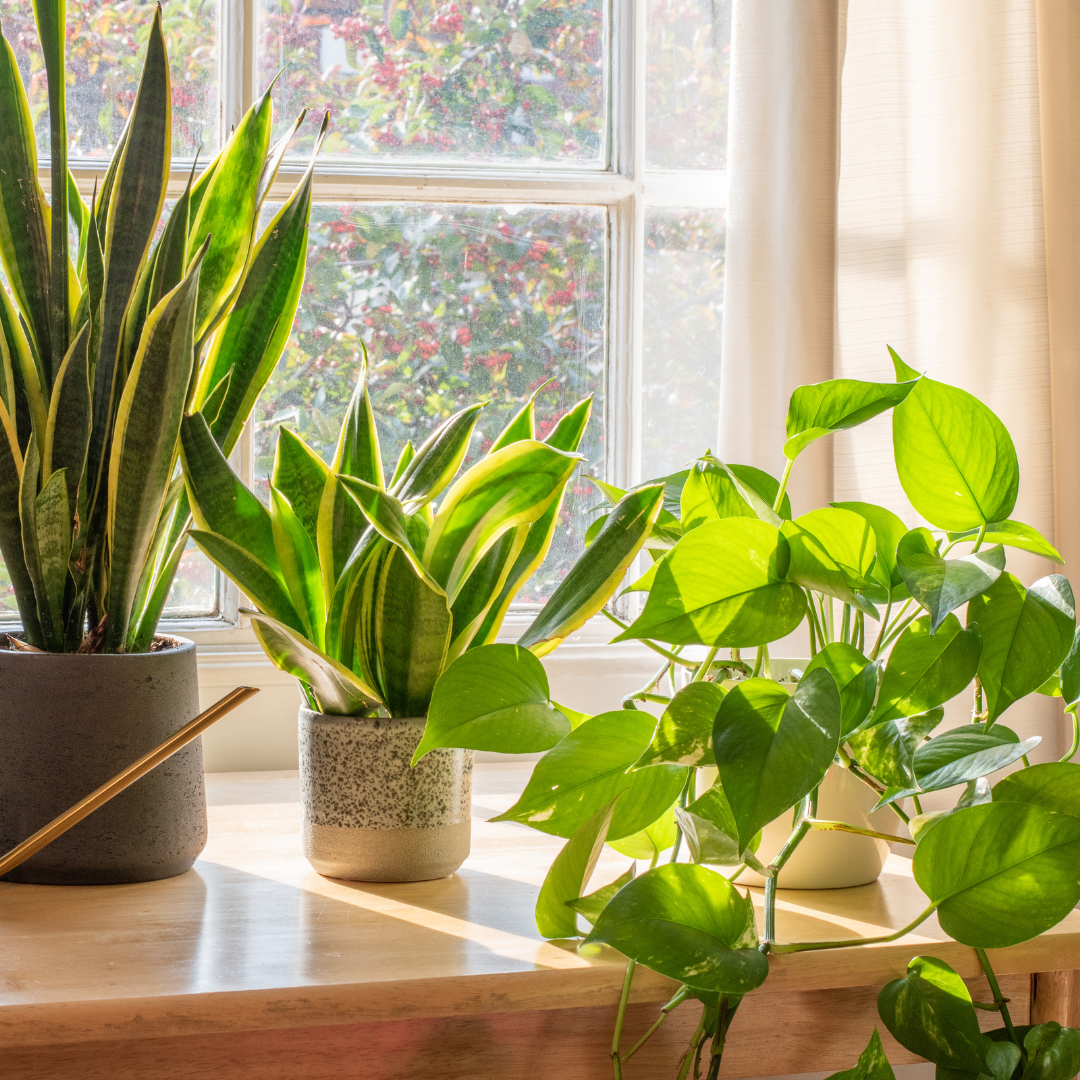Best Low-Light Indoor Plants for Those with Limited Natural Light in Their Homes
Best Low-Light Indoor Plants for Those with Limited Natural Light in Their Homes
Blog Article
Discover the One-of-a-kind Benefits of Low-Light Indoor Plants for Your Living Area
Integrating low-light indoor plants right into your space offers a wide variety of benefits that expand far past mere aesthetics. These hardy plants not just grow in environments with limited sunlight however likewise offer essential features such as air purification and humidity enhancement. Moreover, they can positively affect your state of mind and overall well-being while calling for minimal upkeep. As you take into consideration the transformative capacity of these plants, it ends up being necessary to discover just how their unique qualities can customize your setting to better offer your way of living. What specific advantages might reverberate most with your individual room?
Air Purification Benefits
Low-light indoor plants not only boost the aesthetic allure of living areas yet likewise play a significant role in air filtration. Research has shown that particular plant species can effectively get rid of typical indoor pollutants, including trichloroethylene, formaldehyde, and benzene. These compounds commonly emanate from house items such as furnishings, cleaning items, and structure products, contributing to indoor air high quality concerns.
Plants such as the serpent plant, pothos, and tranquility lily are especially experienced at filtering system hazardous compounds from the air while thriving in low-light problems. The procedure of phytoremediation, where plants soak up and metabolize toxic substances, makes it possible for these varieties to add substantially to a healthier interior setting. Furthermore, via photosynthesis, plants release oxygen, even more enhancing air high quality.
Including low-light indoor plants into office or home areas not only offers visual advantages yet additionally works as a functional method for boosting air high quality. By selecting the appropriate species, individuals can develop an environment that promotes health and decreases exposure to damaging pollutants, making these plants a vital component in modern indoor living.

State Of Mind Enhancement Impacts
Numerous researches have actually revealed that including interior plants can significantly enhance state of mind and general psychological well-being. The presence of plant in interior atmospheres has been connected to lowered anxiety levels, increased feelings of calmness, and enhanced psychological health. Low-light interior plants, in certain, thrive in settings where natural light is limited, making them excellent for various living spaces.
Research study indicates that interacting with plants can promote the launch of serotonin, a neurotransmitter connected with feelings of happiness and well-being. Furthermore, the act of looking after plants cultivates a feeling of duty and achievement, further adding to positive mental health and wellness end results. Additionally, low-light plants such as snake plants, pothos, and peace lilies have actually been revealed to boost air top quality, which is intrinsically linked to state of mind improvement.
Including these plants into your office or home can develop a tranquil atmosphere, offering a sensory and aesthetic retreat from the stress of life - Best low-light indoor plants. As people spend raising quantities of time inside your home, the mood-enhancing effects of low-light interior plants come to be even a lot more important, giving not only visual appeal but also a profound influence on psychological well-being
Low Upkeep Requirements
For those looking for to enhance their indoor areas without a significant time dedication, low-light interior plants are a suitable choice because of their reduced upkeep requirements. These durable plants thrive in less-than-ideal lights problems, making them excellent for homes and offices where all-natural sunlight is limited.

Pest resistance is another advantage of low-light interior plants. Several selections are much less at risk to usual insects, minimizing the need for constant monitoring and treatment. Moreover, these plants typically grow much more gradually than their high-light counterparts, implying less regular repotting and trimming are needed.
Visual Allure and Convenience

Additionally, these plants can be arranged in myriad means, whether in groups for a lavish effect or as standalone functions to draw the eye. The options of planter designs-- from sleek ceramic pots to rustic wooden containers-- additionally boost their visual value, permitting homeowners to express their personal design.
In addition, low-light plants can be purposefully placed in locations that might otherwise feel overlooked, such as edges or poorly lit racks, consequently maximizing their decorative possibility. Eventually, the mix of their striking appearance and adaptability makes low-light indoor plants a valuable enhancement to any type of space, producing a welcoming atmosphere that advertises health and leisure.
Boosted Humidity Levels
Enhancing interior humidity degrees is among the considerable benefits of including low-light indoor plants into living rooms. These plants naturally launch dampness vapor with a process recognized as transpiration, which occurs when water soaked up by the roots moves with the plant and vaporizes from the leaves. This process not only enhances moisture yet also adds to a healthier interior atmosphere.
Better humidity levels can reduce numerous health and wellness problems, such as dry skin, respiratory system troubles, and allergies. Numerous individuals experience pain in dry indoor conditions, especially during winter season when furnace are in use. By strategically placing low-light plants throughout your home, you can produce an extra balanced moisture level that fosters overall health.
In addition, particular low-light indoor plants, like peace lilies and spider plants, are especially effective at boosting humidity. Their capability to thrive in low-light environments makes them suitable for various areas, from offices to bedrooms. right here Along with enhancing humidity, these plants can also improve air quality by filtering system out usual interior contaminants, making them a useful addition to any type of living space. Therefore, low-light interior plants offer both aesthetic and functional functions, promoting a much healthier ambience.
Final Thought
In summary, low-light interior plants supply many advantages that add to a much healthier and extra welcoming living room. Their capability to purify the air, improve mood, and enhance moisture levels highlights their worth as reliable design aspects. In addition, their low maintenance demands and visual versatility make them appropriate for numerous atmospheres. Incorporating these resistant plants right into interior settings not just boosts the setting yet likewise advertises general well-being, developing a tranquil sanctuary for citizens. have a peek at these guys
Plants such as the snake plant, pothos, and peace lily are specifically adept at filtering system dangerous compounds from the air while flourishing in low-light problems. Low-light plants such as serpent plants, pothos, and tranquility lilies have been shown to improve air high quality, which is inherently linked to state of mind enhancement.
Low-light indoor plants, such as snake plants, pothos, and ZZ plants, not just boost the visual landscape of an area however additionally introduce various textures and tones of eco-friendly that can complement diverse interior designs. These plants naturally release moisture vapor through a procedure recognized as transpiration, which occurs when water soaked up by the roots moves through the plant view and evaporates from the fallen leaves.In addition, certain low-light interior plants, like peace lilies and spider plants, are particularly efficient at raising moisture.
Report this page